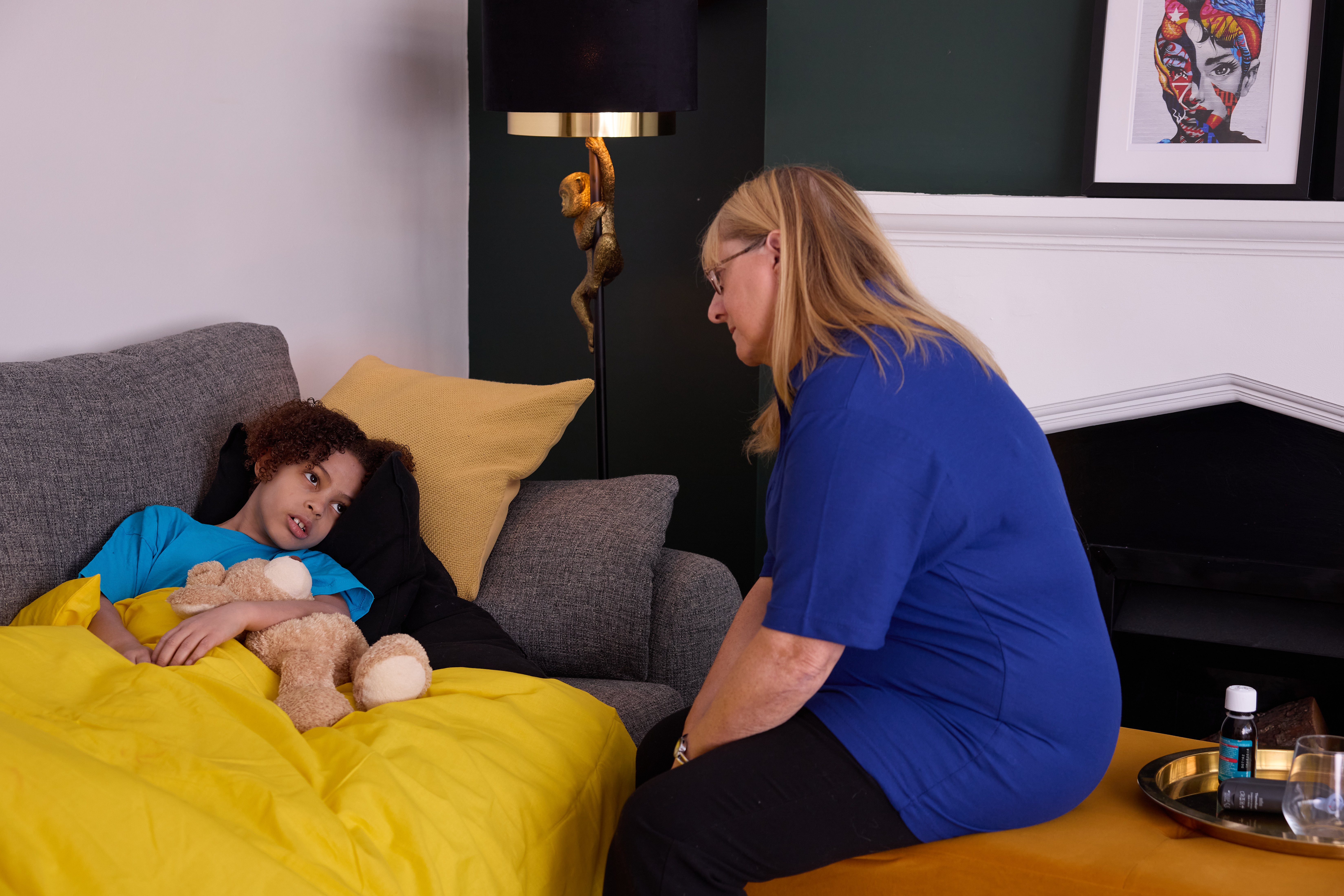British Red Cross: How to Help with Meningitis

How to Help a Child Who May Have Meningitis
5th October is World Meningitis Day. Meningitis is an infection of the protective membranes around the brain and spinal cord. It can be caused by bacteria or viruses and spreads through coughing, sneezing, or close contact. Meningitis can be especially dangerous in nursery aged children as their immune systems are still developing.
How to help:
Here’s how to help if you suspect a child in your setting may be suffering with meningitis:
1. The person may have flu-like symptoms, a headache and a high temperature. The person may also complain of a stiff neck and be sensitive to light. For babies, they may let out a high-pitched cry, refuse feeds or be floppy and unresponsive. The baby's soft part on their head (the fontanelle) may be tense or bulging.
2. If you observe any of these symptoms and suspect meningitis, call 999.
3. Check the person for signs of a distinctive red/purple rash that does not fade when pressed.
4. Do not wait for all the signs as some may not even appear. Someone with meningitis can become seriously ill very quickly so don't delay calling 999.
Paediatric first aid training
Please note, the information in this article is provided by the British Red Cross and does not represent the views or opinions of Morton Michel.